In her nationwide bestseller that was named one of the “Best Essay Collections of the Decade” by Literary Hub, botanist and member of the Potawatomi Nation Robin Wall Kimmerer “tackles everything from sustainable agriculture to pond scum as a reflection of her Potawatomi heritage” (NPR). The result is “an extraordinary book” (Jane Goodall) that has taken over two million readers on “a journey that is every bit as mythic as it is scientific, as sacred as it is historical, as clever as it is wise” (Elizabeth Gilbert).
Where to turn after you’ve closed the book on this one-of-a-kind volume of Indigenous wisdom and scientific knowledge? We’ve got a few suggestions for more unforgettable books like Braiding Sweetgrass…
Nonfiction
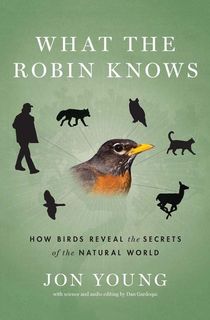
What the Robin Knows
Have you ever sat and listened to the various birds outside your window? Award-winning naturalist and birder Jon Young has, and he’s here to tell you what they’re saying in this “sophisticated guide for amateur bird watchers and a door-opener for newbies” (Kirkus Reviews).
From the songs birds sing to companion calls and warning alarms, birds communicate a lot about what’s going on around them, for anyone who knows how to listen. That’s what Young is here to teach in this “passionate instruction manual [that] offers enjoyable anecdotes” (Publishers Weekly).

Braiding Sweetgrass for Young Adults
Adapting the wisdom and wit of Robin Wall Kimmerer’s nationwide bestseller for young adult audiences, Monique Gray Smith and illustrator Nicole Neidhardt create “a book that is entirely in a class of its own, [which] belongs in every collection for teens” (School Library Journal).
By streamlining language while “adding brief sidebars that explain featured terminology, pose reflection questions, and highlight important passages” (Publishers Weekly), this adaptation transforms Kimmerer’s beloved book into a new experience that is “both an urgent, essential call to action and an uplifting love letter” (Kirkus Reviews).
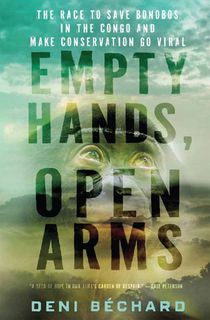
Empty Hands, Open Arms
Journalist Deni Ellis Bechard “has a voice and a vision all his own, both tough-minded and passionately emotional” (Kirkus Reviews), and he brings it to the plight of the endangered bonobos of the Congo, great apes who number among humanity’s closest relatives in this “stunningly poignant” (O, The Oprah Magazine) book that combines “masterful, adventure-driven reporting [to deliver] an inspiring account of an all-too-rare ecological success story” (Booklist).
Written with a journalist’s eye, Bechard’s unique book looks at the bonobos themselves, the Congo where they live, and the efforts of a single NGO, the Bonobo Conservation Initiative, to save them.
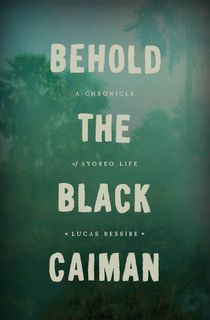
Behold the Black Caiman
“Bessire is asking us, as readers, to think with him” (Cultural Anthropology) in this ethnography based on more than 10 years of field work. The Ayoreo are among the world’s last voluntarily isolated peoples, but recently they have begun to leave behind their homes in the forests of Paraguay, a tumultuous transition chronicled by Lucas Bessire in this book which “presents the reader with a plethora of unruly images and evocative vignettes” (Times Literary Supplement) illustrating their culture and struggles.
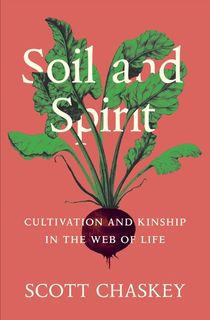
Soil and Spirit
A poet and a leader in the international Community Supported Agriculture movement, Scott Chaskey has spent decades working the fields, and he brings that experience to bear in this collection of essays that is “full of beautiful prose and thoughtful ruminations on the relationships between people and the earth” (Independent Book Review).
In a series of far-ranging essays, “Chaskey travels around the world and revisits familiar American landscapes, weaving together the literature, art, and agricultural traditions of each region he visits” (Los Angeles Review of Books). The result is an “elegant and spirited” collection that is “unwavering in stressing the imperative of working to undo the environmental damage that imperils all human beings” (Foreword Reviews).
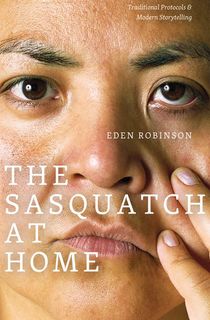
The Sasquatch at Home
An award-winning and internationally acclaimed author of such books as Traplines and Monkey Beach, Eden Robinson is a First Nations author who “strikes sweetly at the commonality of people rather than narrowing in on cultural differences” (Malahat Review), showing how culture is a growing, changing, dynamic thing in which we both live and take part every day.
Fiction
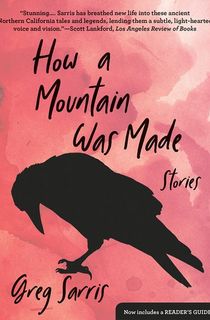
How a Mountain Was Made
In a collection of “charming and wise stories, simply told, to be enjoyed by young and old alike” (Kirkus Reviews) and inspired by Coast Miwok and Southern Pomo creation tales, the award-winning author of Grand Avenue takes readers to his ancestral homeland of Sonoma Mountain. The result is a “stunning” book that is “neither an arid anthropological text nor another pseudo-Indian as-told-to fabrication. Instead, Sarris has breathed new life into these ancient Northern California tales and legends, lending them a subtle, light-hearted voice and vision” (Los Angeles Review of Books).

Green Mansions
A young man of wealth flees into the uncharted forests of Guyana in this classic romance from 1904. There, he encounters a girl of the jungle named Rima in a story that has come to life in a surprising variety of ways. Adapted into a 1959 film starring Audrey Hepburn and Anthony Perkins, the more unlikely cultural legacy of Green Mansions is in the DC Comics character Rima the Jungle Girl, who appeared in cartoon series Super Friends, among others. Read it to see for yourself why this unusual story has had such strange cultural staying power.
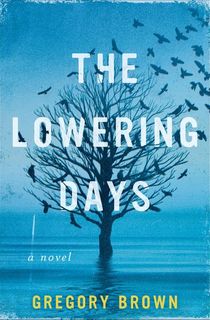
The Lowering Days
“There’s magic here,” writes Pulitzer Prize-winning author Richard Russo of Gregory Brown’s “graceful and compassionate” (Boston Globe) debut novel. It paints a lush portrait of 1980s Maine along the Penobscot watershed, where the lives of both the white residents and the Indigenous peoples for whom the region is named are tied to and disrupted by the presence of a massive paper mill, which both provides jobs and destroys the environment.
“Lyrical and gorgeously written, Brown’s memorable outing does justice to a complicated web of issues” (Publishers Weekly) in this “gripping tale” (Kirkus Reviews).
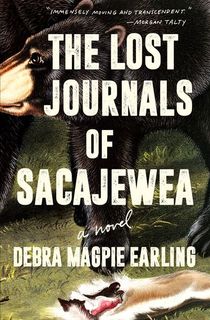
The Lost Journals of Sacajewea
Winner of the American Book Award, the Montana Book Award, and the PNBA Book Award, this “beautiful reclamation” (Publishers Weekly) positions one of America’s most mythologized figures at the center of her own story. Sacajewea is famous for acting as interpreter for explorers Lewis and Clark—but her story is often lost under a drift of mythmaking and history written by the victors.
“In this, Earling has given us a new model for the literature of the West” (Big Sky Journal), in a “book to enjoy like a river: you give yourself over to it and follow where it takes you” (Chicago Review of Books).
Featured photo: Timofei Ryazanov / Unsplash
